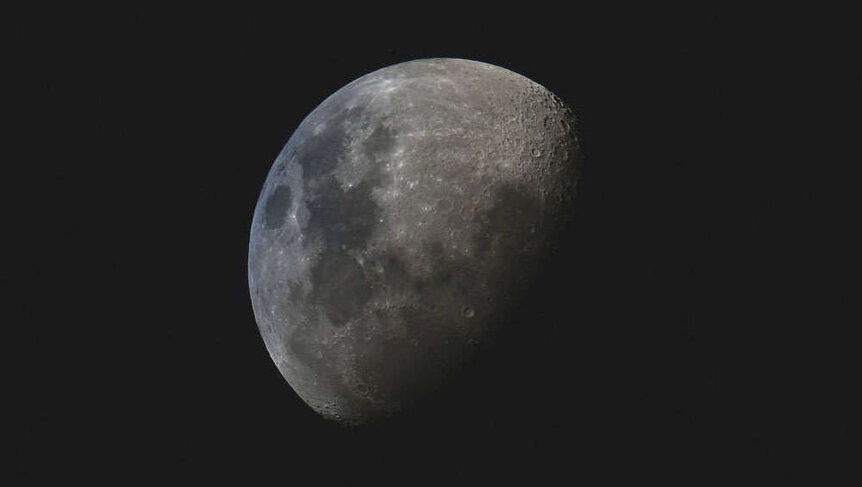Create a free profile to get unlimited access to exclusive videos, sweepstakes, and more!
Earth still has the extremely ancient 'planetary DNA' from when it first formed

Before Earth started to morph into what would eventually become the planet we know today, it had to go through a massive cosmic collision with something about the size of Mars. Evidence of it could be right under our feet.
There are blobs of alien stuff in Earth’s mantle. Researchers now think these are pieces of the hypothetical protoplanet Theia, which is thought to have smashed into proto-Earth 4.5 billion years ago (the Moon could have been a piece of Theia that broke off). The mysterious blobs were proven to exist when readings showed that seismic waves slowed down when they ran into them, suggesting they are made of denser material than the rest of the mantle.
Theia was rich in iron, which is what made it extremely dense, which explains why fragments of it would sink to the deepest depths of Earth’s mantle and become large low-shear velocity provinces or LLSVPs. These aren’t just rocks left over from the chaos of the early solar system. They are two huge masses that can mess with our magnetic field, something that has been making NASA nervous. The one lurking far below 1,800 miles below Africa is thought to be the cause of the South Atlantic Anomaly — a phenomenon dreaded by mission control.
“If our hypothesis is right, there should be some chemical connection between the mantle rocks of the Moon and the plume rocks sourced from LLSVPs, such as noble gas isotopes. If they were shown to have similar isotopes, it will highly indicate they share the same source, which would be Theia,” researcher Qian Yuan, who led a study soon to be published in Geophysical Research Letters, told SYFY WIRE.
While it doesn't affect life on Earth, the reduced magnetic field strength that results from the South Atlantic Anomaly (SAA) screwing with the field’s generation can wreak havoc on satellites and other spacecraft in low-Earth orbit. That even means the ISS. Spacecraft passing over the anomaly are exposed to an area with a weaker magnetic field, so they become vulnerable to energetic protons from the solar wind, which can make highly sensitive tech glitch and malfunction. Another LLSVP that is not as troublesome lies beneath the Pacific Ocean.
"To determine how the LLSVPs are moving inside Earth's mantle and affecting Earth on the surface, we created models that introduced the materials of Theia's mantle to Earth," Yuan said. "Through these models, we determined that the hypothetical Theia mantle pieces were remarkably similar the LLSVPS."
What is known as the Giant Impact Hypothesis (which refers to the epic crash between Earth and Theia as the Giant Impact) has had an impact that goes beyond dense blobs that could bring down a satellite. The disembodied remains of Theia might have also contributed some iron to Earth’s core, something supported by previous research. The LLSVPs had been found to have certain chemical signatures that gave them away as being from at least the time the impact happened, if not earlier. It is thought that the merging of core material post-impact is made Earth into the planet it is now.
While LLSVPs have long been believed to be the last existing pieces of Theia on Earth, they had not been seismically identified until now. Many other mysteries remain. Though Theia was probably Mars-sized, that is still debated. If its core really did merge with Earth’s, how much of its iron was involved in the merger is still unknown. Whether the Moon really was birthed from the Giant Impact has not been proven yet. It is possible that future Artemis missions could find out.
“We still don't know how much of Theia's mantle or core might have been trapped in Earth's mantle or fused with its core,” Yuan said. "But the results of this impact influenced how Earth would evolve in many aspects."
Parts of Theia’s corpse could be scattered all over Earth, at every level, and we may not even know it. To think that you could be stepping on a splinter of rock that came from an extraterrestrial planet billions of years ago is just a little unnerving.



























